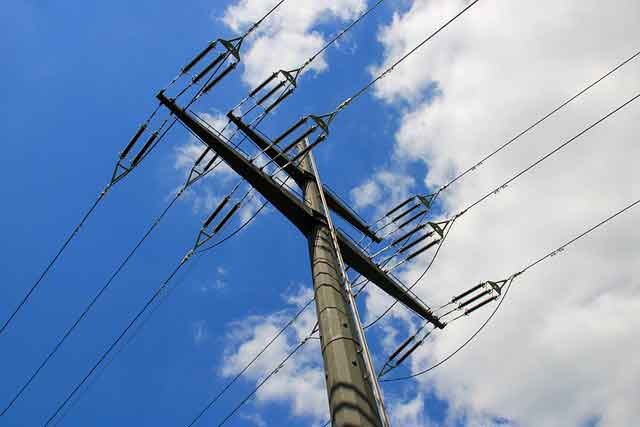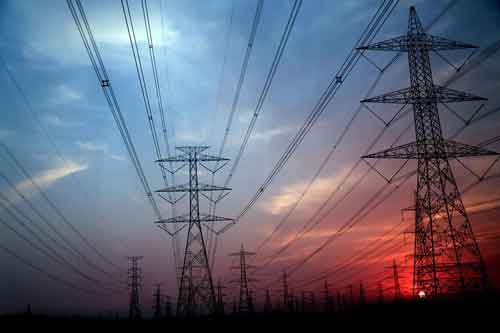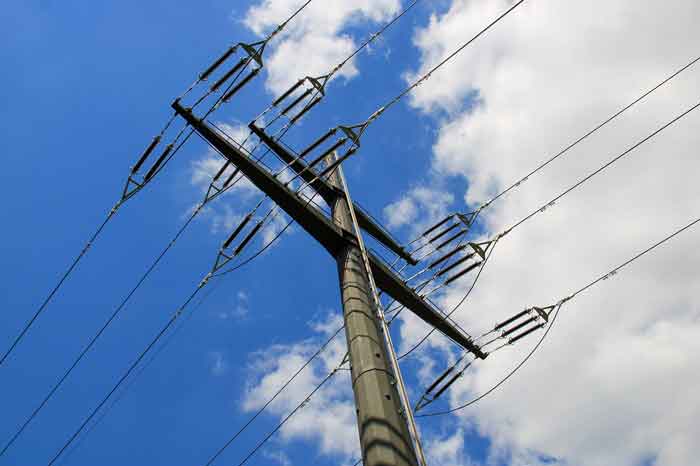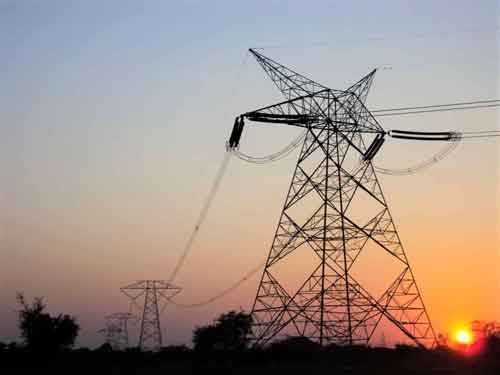Canada’s Opportunity in the Global Electricity Market

Substation Relay Protection Training
Our customized live online or in‑person group training can be delivered to your staff at your location.

- Live Online
- 12 hours Instructor-led
- Group Training Available
Canada Clean Electricity Exports leverage hydroelectric power, energy storage, and transmission interconnections to meet rising IEA-forecast demand, support electrification, decarbonize grids, and attract green finance with stable policy and advanced technology.
Key Points
Canada's cross-border power sales from hydro and renewables, enabled by storage, transmission, and supportive policy.
✅ Hydro leads generation; expand transmission interties to the US
✅ Deploy storage to balance wind and solar variability
✅ Streamline regulation and green finance to scale exports
As global electricity demand continues to surge, Canada finds itself uniquely positioned to capitalize on this expanding market by choosing an electric, connected and clean pathway that scales with demand. With its vast natural resources, advanced technology, and stable political environment, Canada can play a crucial role in meeting the world’s energy needs while also advancing its own economic interests.
The International Energy Agency (IEA) has projected that global electricity demand will grow significantly over the next decade, driven by factors such as population growth, urbanization, and the increasing electrification of various sectors, including transportation and industry. This presents a golden opportunity for Canada to bolster its energy security as it boasts an abundance of renewable energy sources, particularly hydroelectric power. Currently, hydroelectricity accounts for about 60% of Canada’s total electricity generation, making it one of the largest producers of this clean energy source in the world.
The growing emphasis on renewable energy aligns perfectly with Canada’s strengths, with the Prairie Provinces emerging as leaders in new wind and solar capacity across the country. As countries worldwide strive to reduce their carbon footprints and transition to greener energy solutions, Canada’s clean energy resources can be harnessed not only to meet domestic needs but also to export electricity to neighboring countries and beyond. The U.S., for instance, is already a significant market for Canadian electricity, with interconnections facilitating the flow of power across borders. Expanding these connections and investing in infrastructure could further increase Canada’s electricity exports.
Moreover, advancements in energy storage technology present another avenue for Canada to enhance its role in the global electricity market. With the rise of intermittent energy sources like wind and solar, the ability to store excess electricity generated during peak production times becomes essential. Canada’s expertise in technology and innovation positions it well to develop and deploy energy storage solutions that can stabilize the grid through grid modernization projects and ensure a reliable supply of electricity.
Additionally, Canada’s commitment to reducing greenhouse gas emissions and combating climate change aligns with the global shift towards sustainable energy. By investing in renewable energy projects and supporting research and development, Canada can not only meet its climate targets, including zero-emissions electricity by 2035, but also attract international investment. Green financing initiatives are becoming increasingly popular, and Canada can leverage its reputation as a leader in environmental stewardship to tap into this growing market.
However, to fully realize these opportunities, Canada must address some key challenges. Regulatory hurdles, infrastructure limitations, and the need for a coordinated national energy strategy are critical issues that must be navigated. Streamlining regulations and fostering collaboration between federal and provincial governments will be essential in creating a conducive environment for investment in renewable energy projects.
Furthermore, public acceptance and community engagement are vital components of developing new energy projects, especially where solar power adoption lags and outreach is needed. Ensuring that local communities benefit from these initiatives—whether through job creation, economic investment, or shared revenues—will help garner support and facilitate smoother project implementation.
In addition to domestic efforts, Canada should also position itself as a global leader in energy diplomacy. By collaborating with other nations to share best practices, technologies, and resources, Canada can strengthen its influence in international energy discussions. Engaging in multilateral initiatives aimed at addressing energy poverty and promoting sustainable development will not only enhance Canada’s standing on the world stage but also open doors for Canadian companies to expand their reach.
In conclusion, as the global demand for electricity rises, Canada stands at a crossroads, with a tremendous opportunity to lead in the clean energy sector. By leveraging its natural resources, investing in technology, and fostering international partnerships, Canada can not only meet its energy needs but also pursue zero-emission electricity by 2035 while positioning itself as a key player in the global electricity market. The path forward will require strategic planning, investment, and collaboration, but the potential rewards are significant—both for Canada and the planet.











